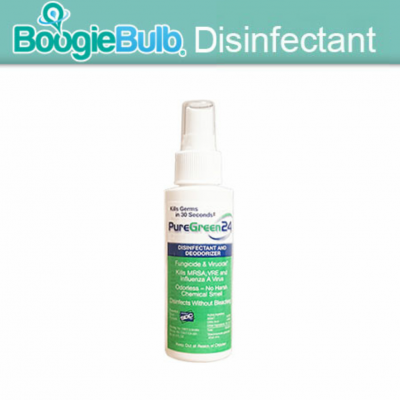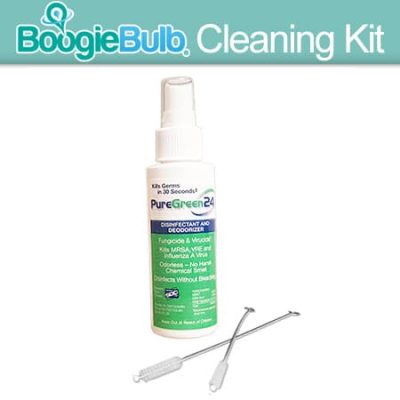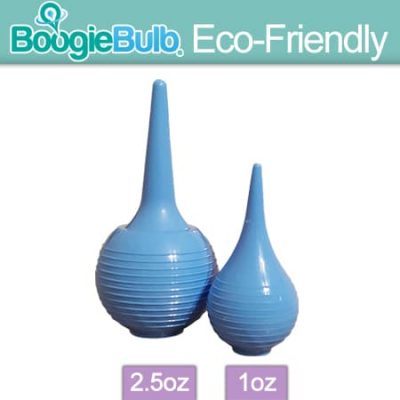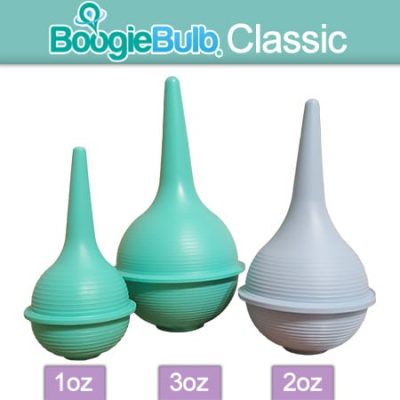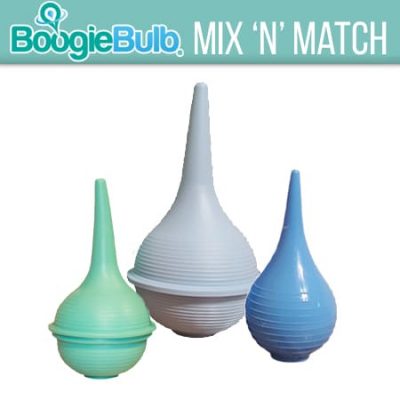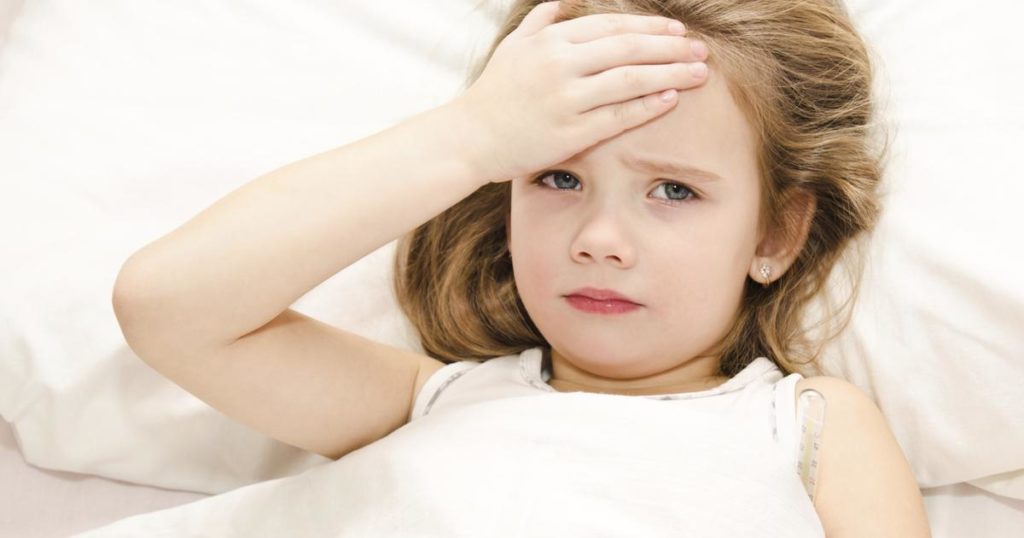
by Linda Foss | Dec 5, 2016 | Boogie Bulb Blog |

Nobody wants a cold, that is a fact. In the office we actually call it the plague when viruses begin to make the rounds and co-workers drop like flies. It is rough when adults get stricken with this malady (maybe a little dramatic but true), but it is even worse when our littles get sick. Colds are a common viral infection that affect the respiratory system – all of it. As if to add insult to injury we get really frustrated and annoyed when we are cursed with a runny or stuffy nose, sneezing, headaches and body aches. As a mom it is tough to see your toddlers suffering from colds with their weepy eyes and runny noses.
The old saying “An ounce of prevention is worth a pound of cure” is especially true when we look at our health and the health of our children. One of the topics we have found that focuses on this preventative type of medicine is Homeopathic treatment. These medicines are typically made from natural substances so they’re absolutely safe and usually have no side effects. According to professional homeopaths, when you’ve experienced colds more than twice in a year it is better to seek help to fortify your immune system. We say that our family members’ health is our wealth. We have complied 7 Homeopathic Remedies which can help keep you well all year long (no trip to the doc needed). Some may view these methods as antiquated, they have been proven to work time and again. As a matter of fact, I have not used my inhaler for several years because I have an essential oil blend that actually works better (this is not recommended for everyone, I just know it works for me – consult your doctor before you change up your meds). We have detailed several homeopathic remedies and the symptoms they have been used to successfully treat. Hope you are able to use some of these to ease your pain and suffering this cold and flu season.
ACONITE NAPELLUS
POSSIBLE SYMPTOMS: Dry painful cough, high body temperature and sensitivity to light, watery mucous, thirsty most of the time, bright red nose bleed, hot red cheeks, perspiration on uncovered parts of the body, runny nose, restlessness, anxiety.
Aconite is a very handy remedy that every family needs close by. This is suitable mainly during the first 24 hours after the onset of a cold. After being exposed to dry cold weather folks that are sniffling and sneezing or kiddos have increased odds of getting colds or a cough. Aconite napellus is of great help when your child has a stuffy nose and is sneezing a lot.
BELLADONNA
POSSIBLE SYMPTOMS: Dry with high fever, red face, throbbing headache/pain, patient radiates heat, dry cough, eyes dilated, cold extremities.
Belladonna should be considered when there’s a rapid stopping of nasal discharge accompanied by throbbing, headache, and a high fever. When your infants have pain in their throat caused by the cold, this medicine can help soothe their pain. Usually when you touch their skin, it is dry and they don’t want to drink water. Their larynx is dry and it aches when they swallow food or drink a small amount of water. Belladonna can also help children who have uncontrollable convulsions because of its calming effect on the nervous system. It is a great medication for treating flu symptoms and alleviates fever quickly. The herb is essentially used for tonsillitis, extreme headaches and sore throats.
EUPHRASIA
POSSIBLE SYMPTOMS: large amounts of fluid from nose, can feel little pain all over the body during the night, heat descends the body, violent cough, chills, pressing pain under sternum, sweats only on the front of the body, coughing typically during the daytime.
Your child needs euphrasia if you’ve seen the symptoms given above. The white of their eyes gets reddened and it gets worse in the open air. Their cough lightens when they just lay down so you have to give your children a rest. Euphrasia has antioxidant properties and it is also effective for various kinds of eye problems. It relieves whatever allergic reactions your child has and infections in their eyes. It is also able to stiffen the mucous membrane encircling the eyes.
PULSATILLA
POSSIBLE SYMPTOMS: The nose is bleeding and your kiddo has a runny nose during the day, and their nose is blocked at night, loss of smell, headache is above the eyes, they have teary eyes and want to be comforted, they have a dry mouth but they are not thirsty and it gets worse at twilight.
Most toddlers end up being super clingy and in need of a constant cuddle simply because they don’t feel well. Sometimes, you will notice they’re breathing through their mouth as they are sleeping because of the nasal congestion. Colds result in the loss of smell, a clogged nose and offensive breath. Keep in mind that single symptoms are common here. Pulsatilla is a common cure for newborn infants specifically if their nasal discharge is yellow or green. You may have a hard time getting them to take it orally, but if you can get them to take it, it will help to ease their symptoms.
ALLIUM CEPA
POSSIBLE SYMPTOMS: Extreme sneezing, tickle in the larynx, raspy voice, difficulty breathing, short dry frequent cough, excessive watery discharge from eyes.
The use of allium cepa brings relief when hot watery nasal discharge turns your child’s upper lip raw. Cold air aggravates the situation but at the same time people who need this remedy hate a warm room because their symptoms are exasperated in both environments. Allium Cepa is principally used for colds.
NATRUM MURIATICUM
POSSIBLE SYMPTOMS: The cold starts with fits of sneezing, the nose is blocked and can develop cold sores, runny eyes get worse in open air or wind, irritated with sun and lights, cold sores on lips, cracked lips.
This remedy is known to be one of the more successful ones because it is a multipurpose cure used for many types of conditions. Specifically, this cure can help with your infant when they develop the cold. Consult with your local homeopath for the best advice on how to apply this treatment.
BRYONIA
POSSIBLE SYMPTOMS: Cold moves into the chest, painful and dry cough, headache can be present across the entire head or on just one half, erratic cough, child may hold chest when they cough, very thirsty, can be in an especially aggravated mood.
When your tots have coughed and it goes down to their chest, this remedy can ease the pain they feel inside. Even if they move a little bit or cough slightly, children frequently hold their chest in order to limit the motion and will not be hurt. You can give this your tots so their breathing will get back to normal.
In conjunction with all of the advice above remember the best way to prevent or cure colds is to drink lots of fluid, eat well, and rest. While the above remedies can provide simple, effective, non-invasive relief for your little one please remember – if they have an illness that lingers, if there is ANY trouble breathing, or if they become dehydrated – you need to get them in to see their doctor as quickly as possible. Homeopathy is a great, natural way to treat some of our illnesses in a way that is designed to work with our bodies and our immune system. The more frequently you can use natural solutions, the stronger and more resilient your little ones will become.

by Linda Foss | Oct 18, 2016 | Boogie Bulb Blog |
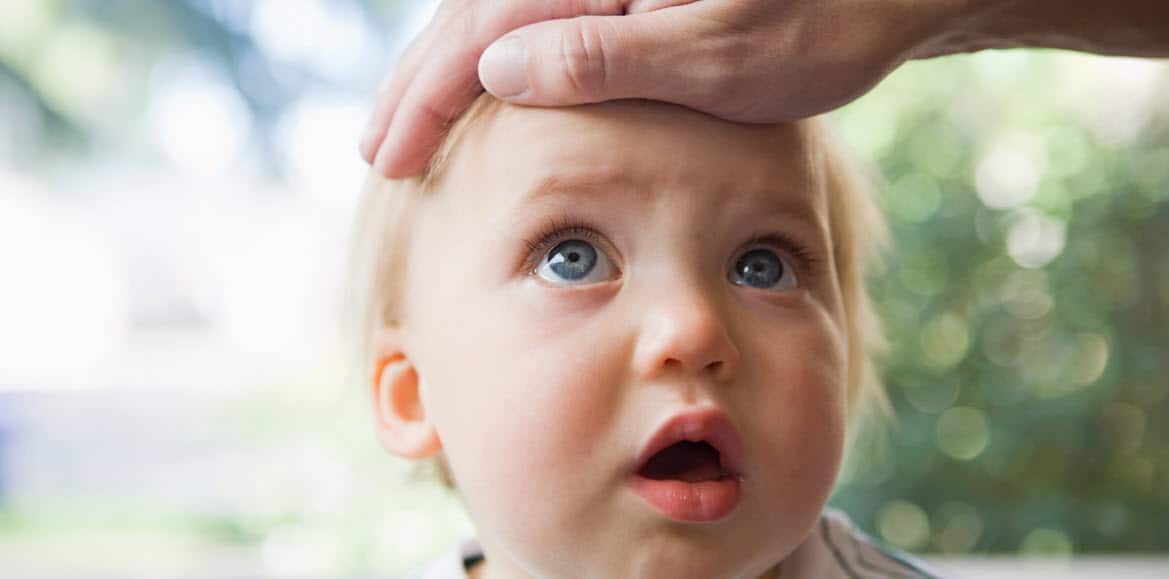
Every year when September rolls around seasons begin to change, days become shorter, and nights become cooler. The hot humid warmth of summer gives way to a cool rainy season that can bring with it plenty of sickness and sniffles. As moms everywhere know, these sniffles and coughs are not reserved for just big people, but also affect the newborns, infants and toddlers in our lives. This is also the time of year when flu season begins to kick into high gear. Typically flu strikes our little ones because their immune system is still feeble and not equipped to fight the virus. While we can’t bend the weather and change the seasons, we are able to protect our babies from flu.
Exactly what does “FLU” mean? Flu as defined in the dictionary, is a shorter version of the word “influenza” which specifically references the influenza virus. It is an infectious disease which is commonly spread through the air from coughs or sneezes. Flu can be passed on to others around us if they touch a surface infected by the virus and then touch their eyes or mouth.
When it comes to our infants, we get easily rattled trying to figure out how to cure the pain they feel inside and outside. Listed below are the common symptoms that are associated with the flu in infants and toddlers (courtesy of http://www.babycenter.com/0_flu-in-babies_10877.bc). Keep in mind that from zero to six months, infants are especially susceptible to viruses.
SYMPTOMS
Your infant has a high fever.
What it looks like – Temperatures that define high fevers are typically associated with the following ranges. For three months or younger, they have 38ºC (100.4F) or higher. For 3 to 6 months, they have 38.39ºC (101.1F) or higher. And for toddlers older than 6 months, they have 39.44ºC (102.9F) or higher.
Your baby is experiencing a dry cough, sore throat and runny or congested nose.
What it looks like – When your tots have coughs that last longer than one week and if the infant stuffy nose lasts longer than ten to fourteen days, you should make an appointment and have the baby seen by their general practice doctor.
Vomiting and Nausea
What it looks like – If your little one continues to vomit for a period of time greater than 24 hours or if they repeatedly throw-up everything that they eat they may have the flu. There may also be instances where your baby vomits with blood then their lips or nails turn blue.
Extreme Tiredness
What it looks like – Your baby does not have its typical energy levels, they are very cranky, they may be lethargic and having trouble breathing. They may also experience muscle or body aches that contribute to their irritability and unhappiness.
Diarrhea
What it looks like – Your baby might have flu if diarrhea persists for more than 24 hours or there’s a red body fluid in it and your tot indicates signs of dehydration wherein sunken eyes and decreased urination is evident.
The flu in and of itself can be very worrisome for parents and with good reason. Left unchecked and untreated there is the possibility that the virus can become increasingly difficult to treat and may even turn into pneumonia—that being one of the worst-case scenarios that might occur.
What To Do If Your Newborn Infant Has The Flu
FLU VACCINATION
A flu shot during pregnancy can help to safeguard your little baby before they are able to receive their own vaccine at six months of age. Take note that the flu vaccine is not recommended for newborn infants. According to U.S. Centers for Disease Control (CDC), babies as young as 6 months old all the way up to 18 years old can take the flu vaccine and it is recommended to have it annually. Flu shots are recommended for patients every year because the flu virus can evolve and mutate into a new virus that can be marginally dissimilar from the one you were vaccinated against – when that happens, you are not protected from the new flu strain. It should be noted that nasal spray vaccine is not recommended for pregnant women but it is allowed for healthy people aged 2 through 49. The CDC recommends pregnant women get the vaccine in injection form.
Does the vaccine have possible side effects? Yes it does. The vaccine can cause unwanted side effects such as soreness or redness, headache, fever, muscle aches, fatigue and swelling from the shot. Side effects typically occur after the shot and will last for one to two days. Please note – if your baby has an allergic reaction to the vaccine you should a call a doctor immediately.
PERSONAL HYGIENE
Many folks think personal hygiene is a rudimentary life skill, but lots of people still fail to do it. Keeping yourself and your baby in good health and clean decreases the chance of contracting the flu. Simply washing the hands of your baby with soap and warm water makes a big difference and can help keep the influenza from spreading. It sounds corny but singing two rounds of “Happy Birthday” is a good way to get your hands sudsy and scour away the germs. When you cough and sneeze, cover your mouth with tissue in your hands then throw it away as soon as possible or cough into the inner part of your elbow joint to keep the germs from going everywhere. After coughing and sneezing, never touch your eyes, nose and mouth. You should also be very careful to not touch your infant with potentially contaminated hands. Wash your hands and put some alcohol based sanitation gel on them to sterilize them. Additionally, if there are others in the home that are sick, it is a good idea to ask them to steer clear of the baby while they are coughing and sneezing.
Diet and Rest
Aside from hygiene and vaccinations, eating healthy food is a fundamental habit to boost the immune system of your baby. Our diet is where we obtain vitamins that our bodies require to stay healthy and fight off illness. Ensuring your baby is getting adequate sleep will also help their bodies fend off any infection or virus. Toddlers need approximately 13 hours of sleep nightly.
In the event your little one ends up coming down with the flu (even after you have been diligent with precautionary measures) here are some remedies to help treat the flu in your newborn infant or child.
PROPER HYDRATION
Small amounts of warm water, apple juice, and pedialite are some of the best ways to soothe the throats of your tots for 3 months and older to keep them hydrated (popsicles can work well also). For those babies who are accustomed to solid foods, broth is a good way to get fluids in to them – especially if it is homemade. Obviously, if you are a nursing mother that is the best way to keep baby hydrated and nourished. An added bonus for nursing moms is that antibodies from the mom are passed to baby through the breast milk.
RECOVERING STRENGTH
Rest will bring healing to your infant and getting that rest is absolutely essential when your babies have the flu. Provide a serene place so that your child can experience a peaceful rest and sleep. Use a towel or pillows to elevate your little angel’s head so they can breathe easily (assuming the child is old enough to sleep with a pillow).
MEDICATION
Over the counter pain relievers and cold medicines can help ease your baby’s suffering during their flu exposure. My experience has been that infants benefit the most from Acetaminophen and Ibuprofen when 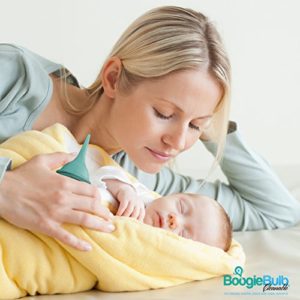 they are wrestling with flu like symptoms. Acetaminophen works very well to suppress fevers and the ibuprofen helps to ease aches and pains. Be sure to read the packages for these over the counter drugs to get accurate dosing guidelines. How much medicine your baby can have and how frequently they can have is typically determined by age and weight. Medicine boxes include a dosing chart that provides dosage guidelines. I have also found over the counter decongestants to work very well to relieve the congestion brought on by the flu in toddlers and older kids (decongestants are not typically recommended for a newborn or infants blocked nose. While infant are not able to take medicine to help with the congestion, you can use a medical grade baby nasal aspirator to get the mucus out of their head. If your child is diagnosed with an actual strain of the flu, your doctor may be able to prescribe a medicine like Tamiflu to shorten the life of the virus.
they are wrestling with flu like symptoms. Acetaminophen works very well to suppress fevers and the ibuprofen helps to ease aches and pains. Be sure to read the packages for these over the counter drugs to get accurate dosing guidelines. How much medicine your baby can have and how frequently they can have is typically determined by age and weight. Medicine boxes include a dosing chart that provides dosage guidelines. I have also found over the counter decongestants to work very well to relieve the congestion brought on by the flu in toddlers and older kids (decongestants are not typically recommended for a newborn or infants blocked nose. While infant are not able to take medicine to help with the congestion, you can use a medical grade baby nasal aspirator to get the mucus out of their head. If your child is diagnosed with an actual strain of the flu, your doctor may be able to prescribe a medicine like Tamiflu to shorten the life of the virus.
Fortunately the flu is survivable and treatable in this day and age. There are plenty of homeopathic remedies and if those fail a visit to the doctor’s office can help get the babies health back on track. The most important thing to keep in mind when dealing with your babies flu is to remain vigilant, watch the health of your baby, and don’t hesitate to get the little one into the doctor or urgent care if it looks like the effects of the virus are worsening instead of getting better.
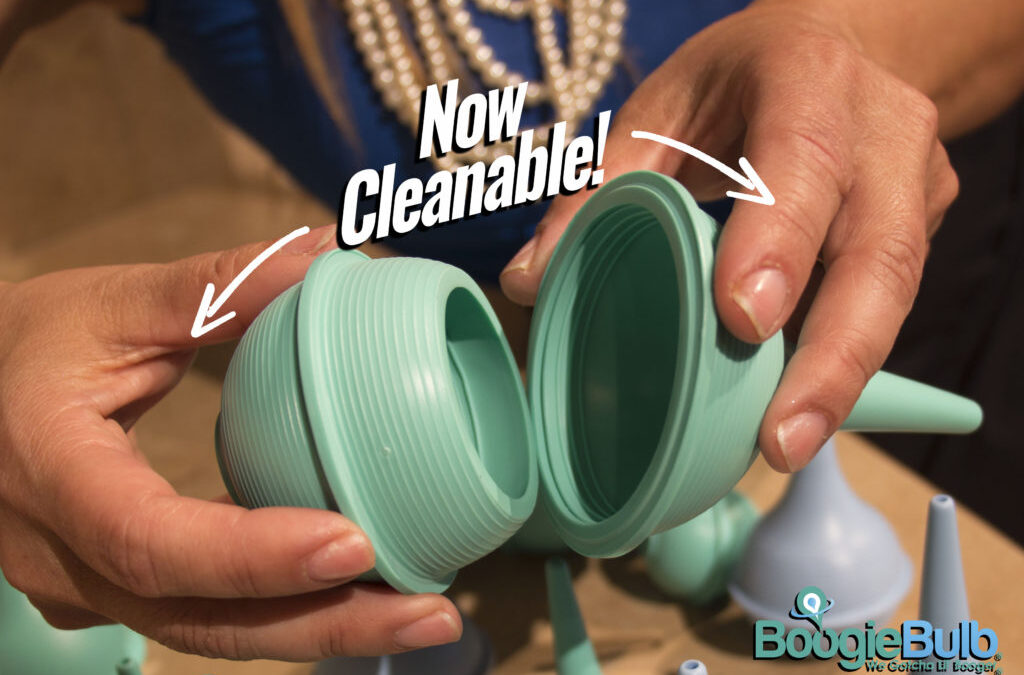
by Linda Foss | Aug 25, 2016 | Boogie Bulb Blog |
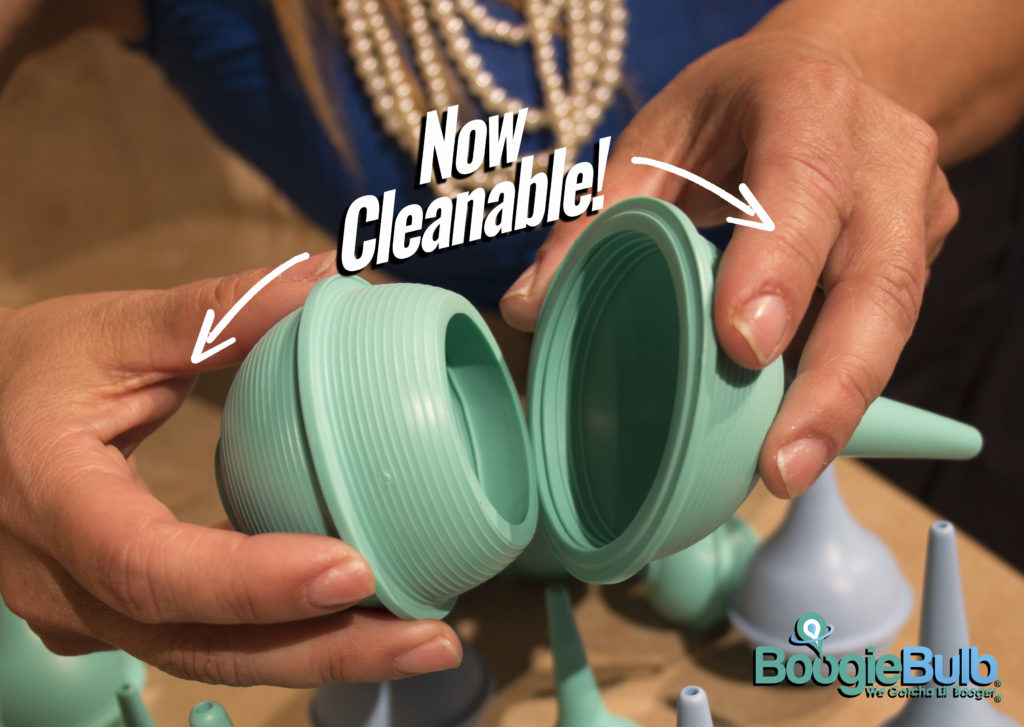
Hospital Grade Baby Nasal Aspirators also known as “Bulb Syringes” are common devices used by doctors, nurses and parents to clear a newborn’s airway for easier breathing. If you are a new parent, it may seem a little scary or risky using a hospital grade baby nasal aspirator for the first time. So, no need to be alarmed because if used properly they are pretty safe.
Proper Use
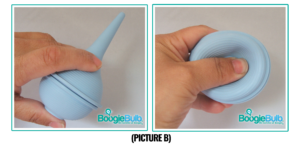
The tissue lining in your infant’s nose is delicate, so it is essential that you use the baby nasal aspirator or bulb syringe properly to avoid discomfort for your little one. The American Academy of Pediatrics suggests using saline drops in conjunction with the baby nasal aspirator or bulb syringe to loosen the mucus first before you suction it out. Before inserting the baby nasal aspirator or bulb syringe into your infants nose, you will need to compress the bulb from the bottom (see picture B) before you insert the tip into your infants nose. Doing it this will way will prevent you from blasting air into the nostril passageway which causes sneezing or gagging, plus if gives you the best results for suction. I’ve seen too many individuals squeeze the baby nasal aspirator or bulb syringe from the sides and this is improper technique and won’t remove nearly as much mucus doing it this way.
Over-suction is a No-No
Dealing with a congested infant can be a little stressful especially knowing that your infant is helpless and depends on your for their care and comfort. As a parent, it’s our job to make sure our infants are comfortable while they are getting better, but at the same time we need to make sure that we aren’t using excessive suctioning. You may want to limit suctioning to no more than three times a day. This should do the job because hospital grade baby nasal aspirators have great suction. Plus, excessive suctioning can make the nostrils sore and dry and cause swelling in the mucus membranes. So there is no 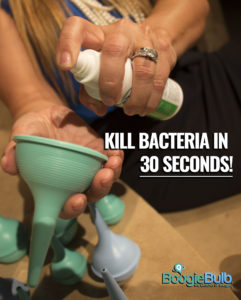 need to overdo it.
need to overdo it.
Controversy over proper cleaning of bulb syringe
Cleaning the hospital grade baby nasal aspirator or bulb syringe has been a hot topic. The main reason being is that these medical grade nose suckers are really not cleanable. You can submerge them under water to clean it out but it will eventually get mold build up and start to smell because the baby nasal aspirator or bulb syringe can’t properly air dry, thus creating the need to replace your baby nasal aspirator or bulb syringe often.
Best Baby Nasal Aspirator or Bulb Syringe to Buy
There is some good news for those individuals who prefer using the bulb syringe for removing mucus. There is a new hospital grade baby nasal aspirator on the market that is now completely cleanable. It’s called the BoogieBulb®. The BoogieBulb® is the same bulb syringe used by hospitals across the U.S. that easily comes apart for proper cleaning and disinfection. In the Journal of Infection and Immunity, a study showed that bacteria can live on surfaces for weeks or even months. BoogieBulb® offers a cleaning/ disinfecting solution kit that will kill all of the major viruses in 30 seconds and is completely safe to use.
Closing Comments
Baby nasal aspirators or bulb syringes are safe to use and have been around for decades. You have to choose what works best for your child. Most parents prefer the hospital grade baby nasal aspirators or bulb syringes over other nose suctioning devices because they can trust it will get the job done effectively and easily. Whatever method you choose, always educate yourself for proper usage to ensure the best results.
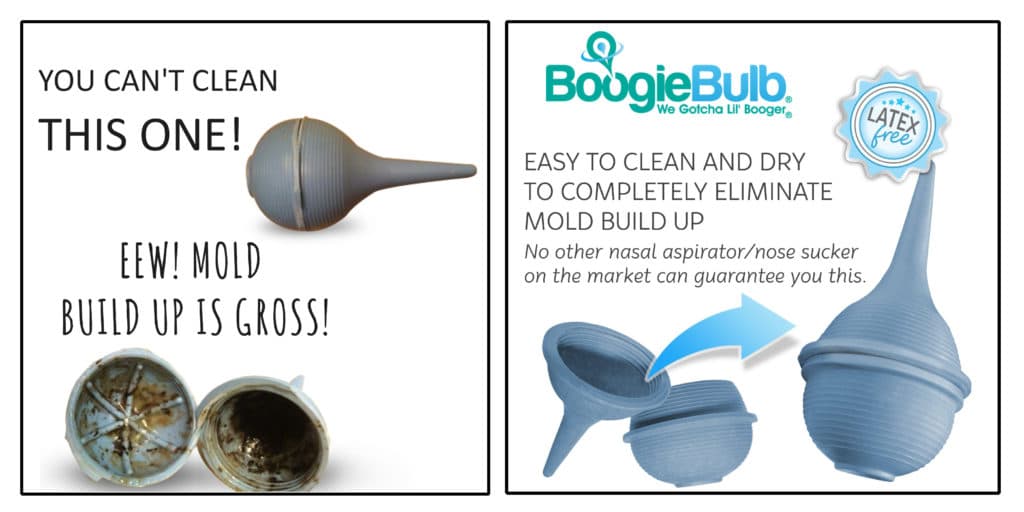
by Linda Foss | Jun 7, 2016 | Boogie Bulb Blog |
There are so many different kinds of nasal aspirators on the market today that it’s hard to know which ones are the best nasal aspirators for babies and the most effective. Let’s discuss why the quality of the nasal aspirator is important.
Everything is subject to option, but as a mother who has tried numerous baby nasal aspirators on the market and has dealt with a child who suffered rhinitis as a baby, nothing compares to the hospital grade nasal aspirator. Why do I feel they are the best choice for babies? Because they get the job done! Let’s go over some of the pro’s as to why this nasal aspirator for babies is the best choice.

Hospital Grade Nasal Aspirators are known for their suction power. This is probably one of the biggest pro’s to using this nasal aspirator on your baby. Hospitals initially used these bulb syringes during surgeries when they would drain fluids from a patient which explains why the suction on these nasal aspirators are superior to other nasal aspirator products on the market. As you know, when you are dealing with a sick infant, the mucus can be runny or start to “thicken”. The thicker the mucus gets, the harder it is to get out and most of the products on the market simply cannot do the job of removing the mucus. The good news is the hospital grade nasal aspirator can get the job done!
Hospital Grade Nasal Aspirators are easy to use. The hospital grade nasal aspirator is not complicated to use at all. As a matter of fact, it’s very simple. You basically hold the tip up to your baby’s nose and then compress the hospital grade nasal aspirator with your thumb on the “bottom” of the bulb. Never squeeze a nasal aspirator from the sides, you will be the best suction from compressing at the bottom. Once you release your thumb, the mucus is easily extracted.
Hospital Grade Nasal Aspirators are available in different sizes. This is a plus because all babies vary in size. Some babies are very petite and some are larger. So knowing that there is an hospital grade nasal aspirator that accommodates the needs of your child is reassuring.
Hospital Grade Nasal Aspirators are easy to clean. Until recently, there was no way to clean and disinfect the hospital nasal aspirator which was very inconvenient. I continued to buy them anyway and would frequently replace my old bulb because nothing else worked as well as these. Now the hospital grade nasal aspirator is cleanable and can be reused again and again! If you want the hospital nasal aspirator that you can clean, you can purchase one at www.babynasalaspirator.com. It’s called the BoogieBulb® and works great!










